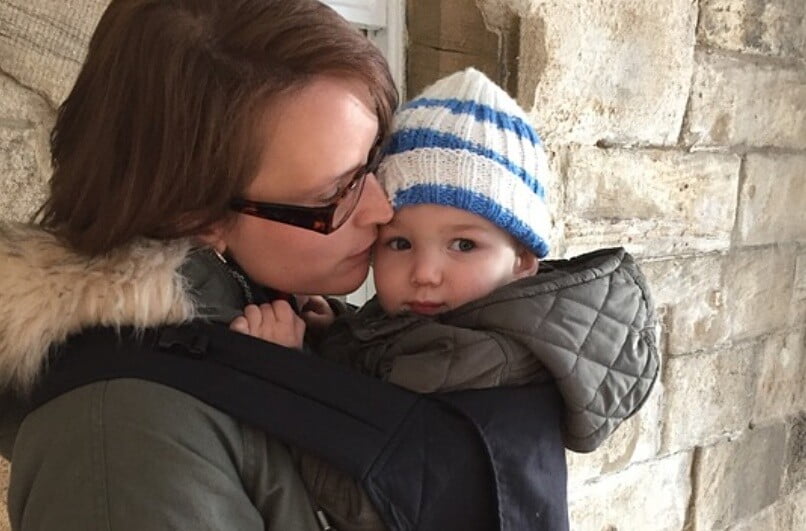Today, baby carriers provide a broad variety of designs, colors, and patterns, which are naturally built for the diversification of utility and needs. You want one that is robust, simple to use, and not too voluminous and lightweight. When selecting the right baby carrier, the most important factor to remember is that you and your child feel happy and your baby is healthy and covered in a durable, robust carrier.
There are also a variety of considerations that determine between you and your baby the right baby carrier. The weight and age of your baby are among the things you ought to remember. Any baby carrier vendors state the recommended baby weight for a particular carrier. You must make sure that the carrier you choose will withstand the weight of your newborn. You must still consider carrier allowances so babies easily gain weight. However, you ought to eliminate circumstances where your child can experience enormous differences.
When you choose, feel the cloth of the carriers, ensure that they feel soft, lightweight and the air is passed out so that your baby does not sweat or overheat while inside.
There are many kinds of infant carriers. They can be summed up as slings, front packs, backpacks, pouches, and wraps. These are tied to the parent’s shoulders and hips when bearing the child’s entire weight.
The sling is like a shawl draped around the body of the adult and within the infant. No straps, no buckles, just cotton. It is normally made of 100% organic cotton, which makes it lightweight and simplified in nature. The hips and back need not be strained. The carrier passes on one shoulder and can be adjusted by circles. This is the best option whether you have problems with your back, neck, or hips.
The pouch is an infant carrier that looks very much like a sling carrier. It’s worn on one of the shoulders. If you have trouble with your spine, back, or hip, it won’t be a reasonable idea since the pouch can’t be changed because it is really necessary to do that correctly.
The front pack carrier is well-known to infants since you can hold the infant from the front because your baby can either see you still and as it develops he/she will even look at the universe. Your hands are free to do something in all directions, and your child is secured within this healthy carrier. If you have problems with your back, this may not be your safest baby carrier.
When your infant grows bigger, your baby bag should spread your baby’s weight equally over your back rather than concentrate on your hands. Your kid must be able to sit alone in a backpack when running.
Baby carriers must be fully flexible, sturdy, and long-term; enable various carrier positions to be extremely comfortable and to reduce neck and back pain. The carrier can have an infant protection flexible leash, headrest, paddle, comfortable shoulder strap, and hip belt that offers optimum support.











Regards for all your efforts that you have put in this. very interesting info .